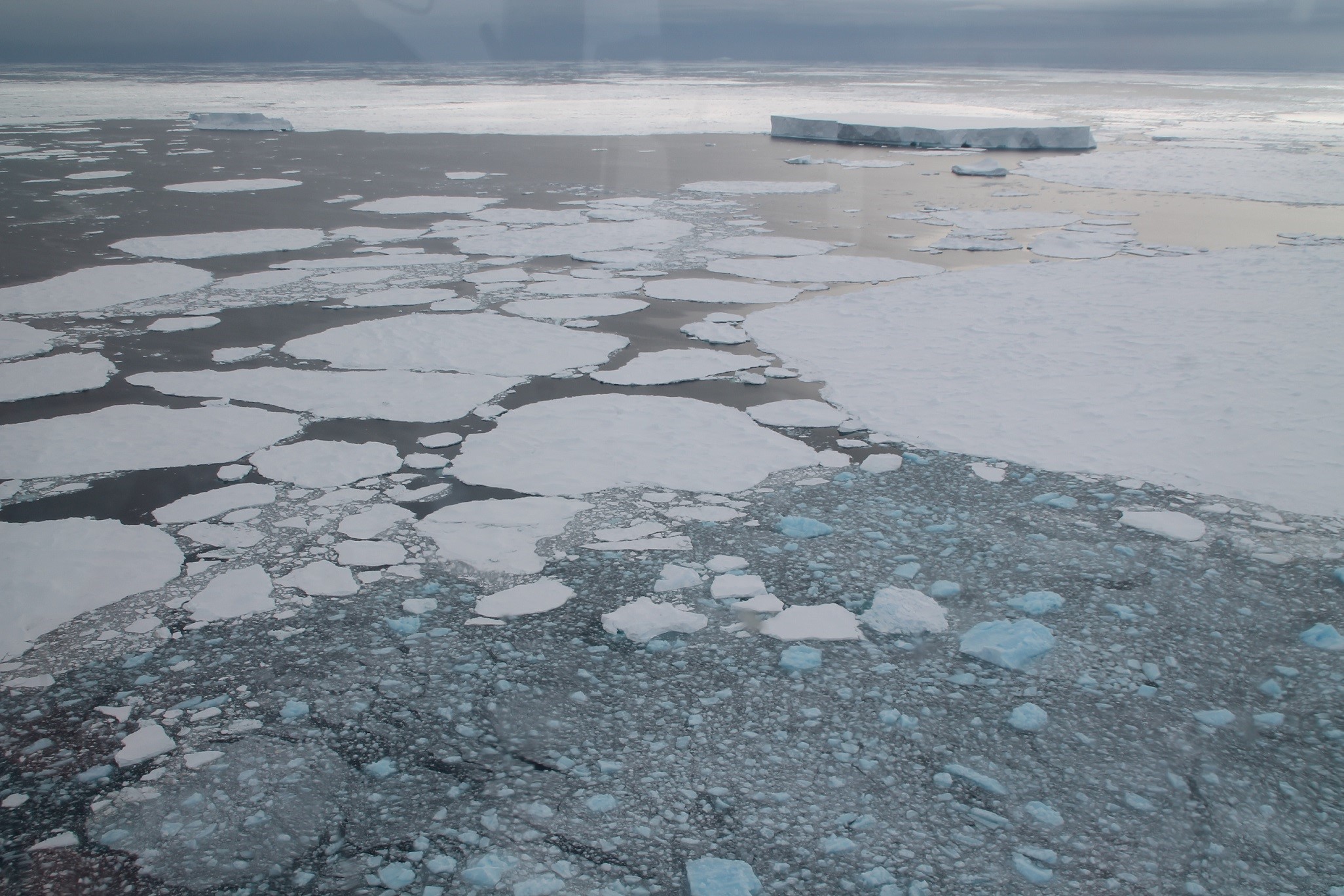Researchers have found a long-searched for giant carbon reservoir buried in the Southern Ocean between Tasmania and Antarctica. The reservoir is the result of a dramatic carbon drawdown 34 million years ago that transitioned Earth away from a hothouse planet into the ice-capped one it is now.
A huge amount of atmospheric carbon dioxide—up to 600 parts per million—was removed from Earth's atmosphere 34 million years ago when it was a much warmer and humid planet.
"For this to happen, the carbon that was keeping the atmosphere warmer didn't just disappear off the planet—it had to end up somewhere else on it," said Dr Katharina Hochmuth from the ARC Australian Centre for Excellence in Antarctic Science (ACEAS) and the Institute for Marine and Antarctic Studies (IMAS) at the University of Tasmania. She is the lead author of a new study published in Nature Communications that reveals the location of the carbon.
"For a long time, scientists thought a giant reservoir of carbon must exist either as a mass deposit in the equatorial waters or in the Southern Ocean. And for the amount of cooling the atmosphere went through, this reservoir must hold more than ten quadrillion kilograms of 'missing carbon'," Dr Hochmuth said.
The Southern Ocean is deep and remote, so observing what hides beneath its depths is not an easy task. The researchers combined marine seismic reflection and borehole data to locate the 2 km thick pile of carbon-rich sediments stretching across 1500 × 500 km of the ocean floor.

The effect of the ancient change in climate was significant enough to transform marine wildlife in the Southern Ocean, generate the growth of icesheets in Antarctica, while also extending grasslands across various continents—triggering the emergence of modern-day mammals. At the same time, there was also a turbulent, tectonically driven, one-off reorganisation of the ocean currents flowing between Tasmania and Antarctica.
For about 4 to 7 million years, the gradual cooling of the climate combined with the change in ocean currents drove an intense hub of biological activity and high turnover of life—which is carbon-based—in the oceans.
"This was a unique and short-lived moment in time that favoured the rapid burial of carbon," said co-author Associate Professor Joanne Whittaker, who is also based at ACEAS and IMAS.
"Tectonic and oceanographic processes have crucial impacts on the climate. Our study also highlights the massive role of the Southern Ocean in controlling long-term climate—it absorbs atmospheric carbon and stores it away."
Today, the oceans remain one of the major sinks for anthropogenic atmospheric carbon, drawing down around 90% of the excess carbon in the atmosphere.
However, Dr Hochmuth cautions that the processes described in the study took place over many millions of years, so are not necessarily applicable to today's atmosphere.
"What happened 34 million years ago cannot easily be re-enacted now for today's planet," she said. "The main driver back then was plate tectonic development—something we cannot control."
The researchers say they are keen to get their hands on physical samples from the carbon reservoir through deep ocean scientific drilling.
"This reservoir holds a detailed archive of a very tumultuous period in the planet's history," Dr Hochmuth said.
"There is a lot more we can discover and learn about the climate changes from this time—and apply new knowledge to our futures."






